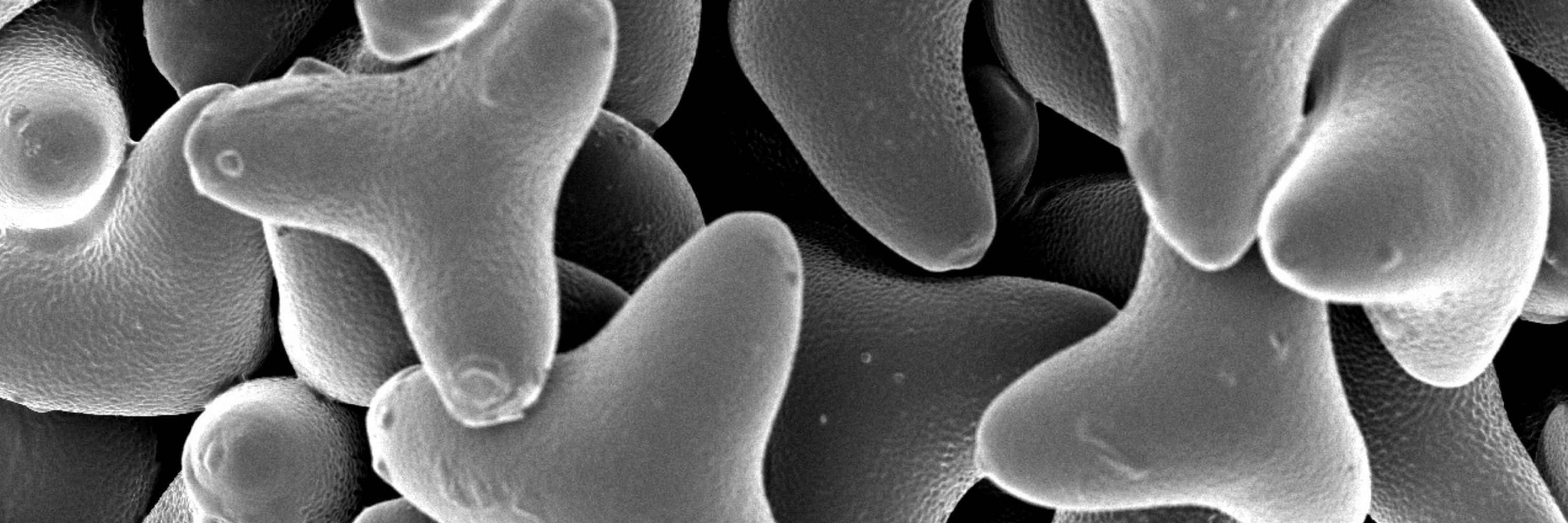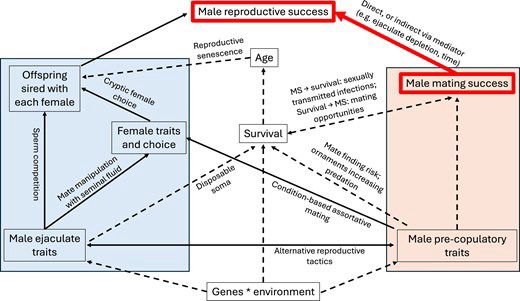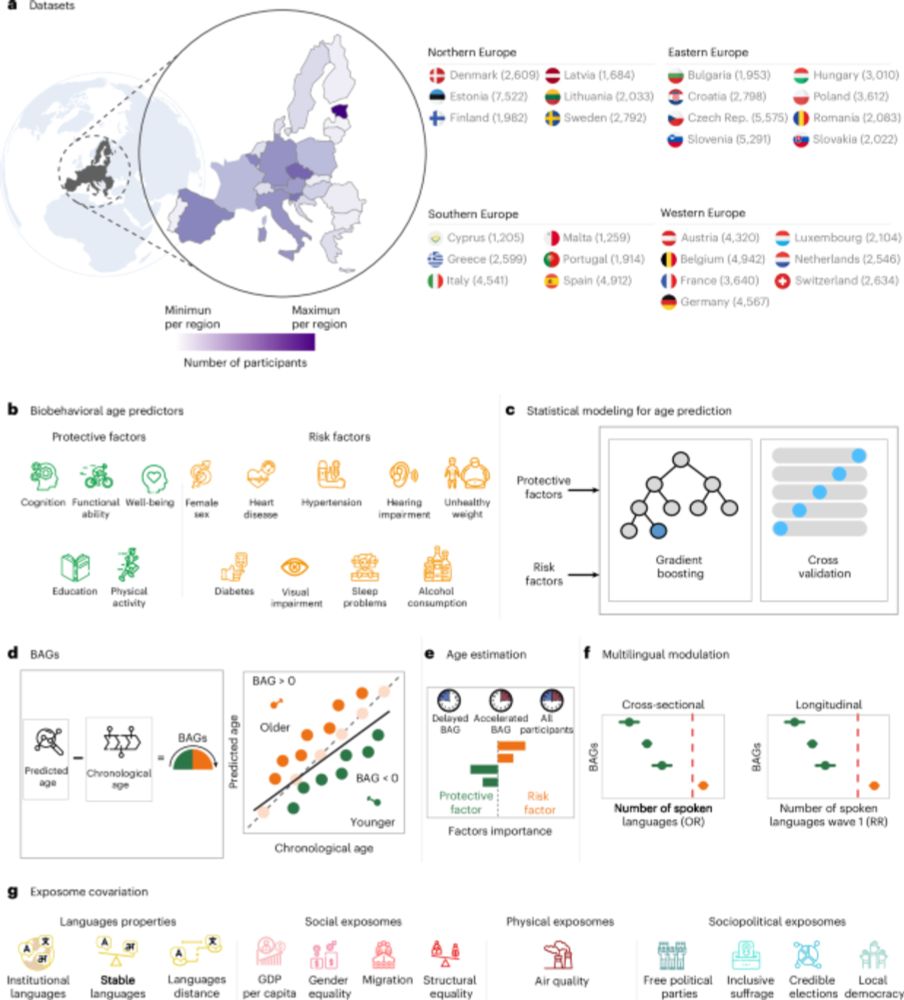

academic.oup.com/evolut/advan...
journals.biologists.com/jeb/article/...

journals.biologists.com/jeb/article/...


With @tomtom-auer.bsky.social team, we asked how #evolution reshapes what animals #eat to match their ecological niches. Using pan-neuronal Ca2+ imaging, we show that the changes are in how the brain processes #taste.
Link @nature.com: www.nature.com/articles/s41...

With @tomtom-auer.bsky.social team, we asked how #evolution reshapes what animals #eat to match their ecological niches. Using pan-neuronal Ca2+ imaging, we show that the changes are in how the brain processes #taste.
Link @nature.com: www.nature.com/articles/s41...

Their response is published alongside and we'll have a response to that out soon.
www.sciencedirect.com/science/arti...

Their response is published alongside and we'll have a response to that out soon.
www.sciencedirect.com/science/arti...

Selfish genes are found across the tree of life. They can disrupt inheritance patterns and at the same time act as units for molecular innovation. Here we tried to answer one big question: how do selfish genes emerge in the first place?
www.nature.com/articles/s41...

Selfish genes are found across the tree of life. They can disrupt inheritance patterns and at the same time act as units for molecular innovation. Here we tried to answer one big question: how do selfish genes emerge in the first place?

www.sciencedirect.com/science/arti...

www.sciencedirect.com/science/arti...
Jiajun Cui & Emma Caullireau between my lab @ucllifesciences.bsky.social @cloeucl.bsky.social & the Karasov Lab (tkarasovlab.org) @uofubiology.bsky.social
and collaborators: @plantricia.bsky.social et al.
tinyurl.com/5yx2wmz5
(1/n)

Jiajun Cui & Emma Caullireau between my lab @ucllifesciences.bsky.social @cloeucl.bsky.social & the Karasov Lab (tkarasovlab.org) @uofubiology.bsky.social
and collaborators: @plantricia.bsky.social et al.
tinyurl.com/5yx2wmz5
(1/n)
🔗 doi.org/10.1093/molbev/msaf271
#evobio #molbio #PlantSky

🔗 doi.org/10.1093/molbev/msaf271
#evobio #molbio #PlantSky
buff.ly/6VrO19l
Multiple studies show that sexually selected traits such as colours can reflect the presence of pathogens/parasites, but, can defensive coloration do the same? L. Schlippe Justicia, @carodittrich.bsky.social, O. Nokelainen & I tackled that question (1/3)

Multiple studies show that sexually selected traits such as colours can reflect the presence of pathogens/parasites, but, can defensive coloration do the same? L. Schlippe Justicia, @carodittrich.bsky.social, O. Nokelainen & I tackled that question (1/3)
Relationships between Pre- and Postcopulatory Sexually Selected Traits in Green #Frogs (Lithobates clamitans)
M O Girard, C J Clark, Ariel Kahrl
doi.org/10.1093/iob/...
"Sexual selection is thought to be a primary driver of trait #evolution..."
#science #amphibians #bio

go.nature.com/3LNmbtT

go.nature.com/3LNmbtT


